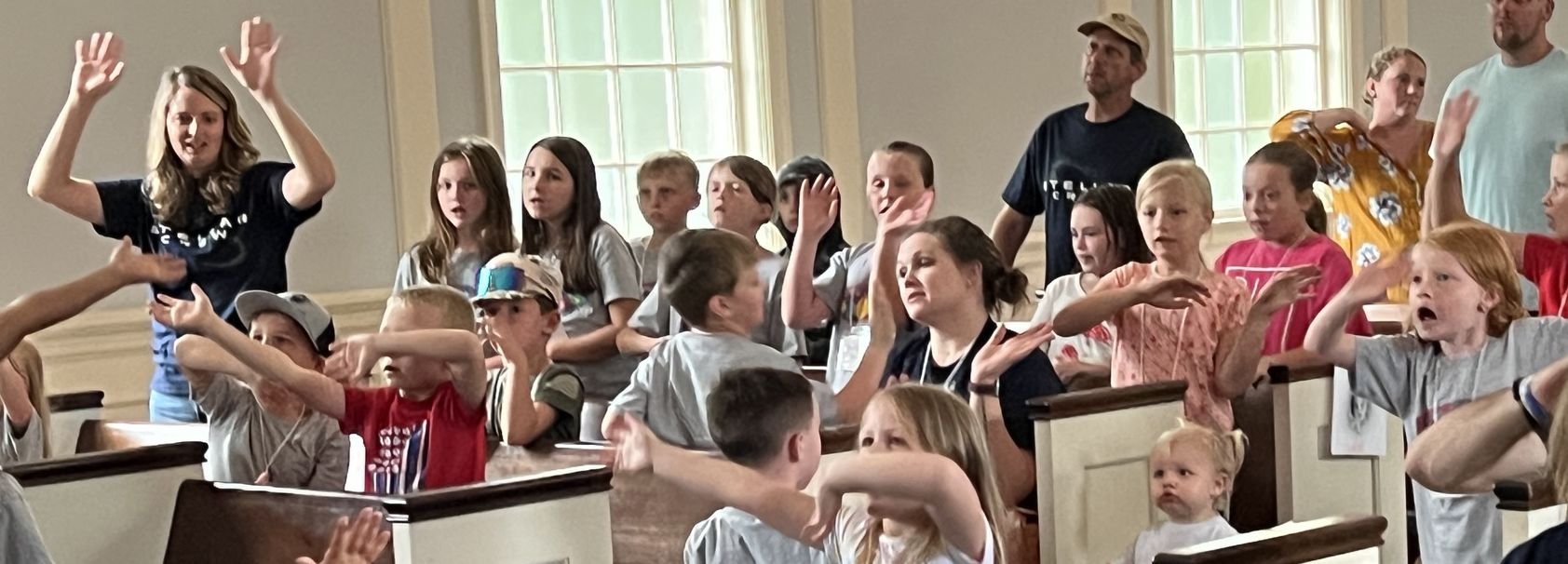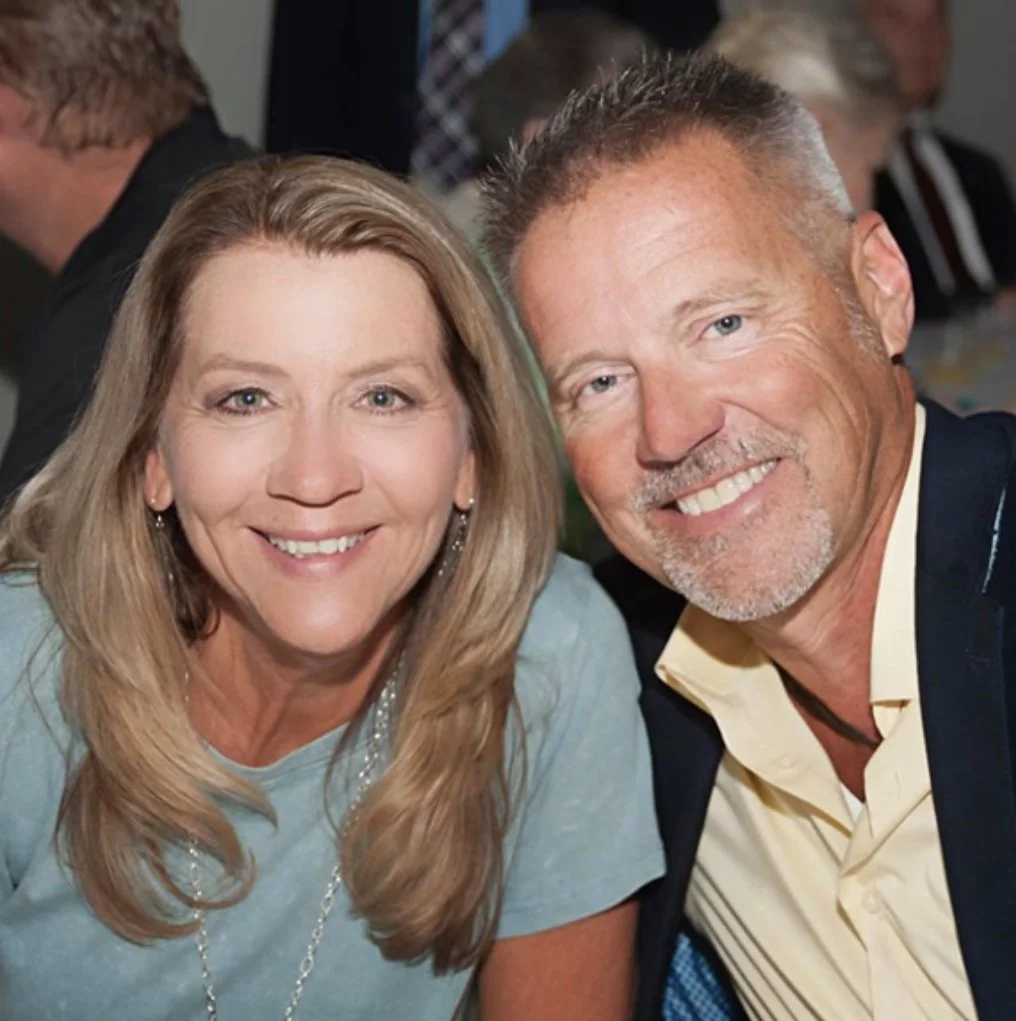
Leadership Team
History
The Goldston Methodist Church was formed long before there was even a Goldston community!
Early Years
Our story begins circa 1875 when the people of the community then called Corinth organized a Methodist Episcopal congregation. Seven families were the charter members of the new church, and it was placed among a nine-church circuit called “Deep River Circuit” which also included Asbury, Bethlehem, Fair Promise, Carbonton, Meroney’s, Jones Chapel, High Falls and Cumnock. Several of these congregations still exist today! The minister of the Deep River Circuit at that time was Rev. Thomas C. Moses.
The first minister to live in a parsonage inside the community was DC Geddie in 1889. His daughter, Ruth Geddie was the first child to be born in the parsonage. This house continued to be home for pastor and family for 60 years.
In 1907, the Corinth community was officially organized as a town and renamed Goldston in honor of the founding settler family - Joseph J. and Jennie Goldston.
The first sanctuary was built across the street from the railroad depot about 150 feet from the track. According to a historical record written by George Rives, the building was quite plain - without steeple or belfry, never painted inside or out. A new church was constructed at a new location in 1893 on land purchased from Joseph J. and Jennie Goldston. George Rives described this building as being the only church in the community until 1921. Methodists, Baptists and Presbyterians all attended church together in those years. In the 1920s, the Baptists and Presbyterians each built their own buildings.
In 1941, the Goldston Memorial Chapel was built by the children of Walter L Goldston and his wife Vallie Gilmore Goldston and dedicated as a memorial to their father and mother. Intended to be a community-wide worship center for all denominations, the Goldston Memorial Chapel was used mostly by Methodists and Presbyterians. The Baptists preferred to continue in their own facility. Goldston Methodist Sunday school remained in the old building on the opposite side of the Goldston cemetery. An educational wing was added to the Chapel in 1959 and Sunday school was moved into the improved space.
United Methodist
Goldston Methodist Church continued to minister to families in south
central Chatham County in the decades following the end of World War II. When the Methodist Church and the Evangelical United Brethren Church merged in 1968, Goldston became part of the new United Methodist denomination. By that point, the church had been served by 40 ministers. John G. Cottingham was the first specifically United Methodist pastor appointed to Goldston, which had now become part of a three-church charge along with Asbury and Bethlehem.
Goldston became a “station church” - able to support a full-time minister on its own in 1974. E. Russell Stott was pastor at that time. A new parsonage was built in 1975 on the site of the 1893 church (which had been torn down earlier when that facility was no longer in use). The Stott family was the first to enjoy the modern three-bedroom, two-bath brick home.
In the next several decades through the end of the 20th century, the congregation faithfully worshiped together and served its community. The challenges of maintaining economic viability within Chatham County were met with diligence and service by generations of long-time family members and new people entering into the church family.
The church was given the opportunity to purchase the Cheek Property adjacent to the church’s north property line in 2013. The eight-acre property included a four-bedroom home, a one-acre pond and a large storage building originally used as a warehouse for the Cheek Candy & Sundries Distribution Company. David King served as pastor and his family was the first to use the new Cheek House as parsonage.
Part of the new acreage was cleared of trees and became the Goldston Community Garden in 2015. Each summer since then, members of the community have worked together to prepare, plant, water and harvest a wide variety of vegetables. Produce is available free to all comers.
The end of the second decade of the 21st century was challenging for all - the COVID pandemic of 2020 shut down virtually everything for a period of time. The folks of Goldston responded with creativity and faith - moving to a combination of internet streaming and outdoor worship services to assist in mitigating the spread of the disease.
Unfortunately, the COVID crisis was combined with a long-term theological crisis reaching its breaking point. Those within the broader United Methodist denomination who believed the Bible to be authoritative and Jesus Christ to be the only way to receive God’s grace were successful in maintaining the denominational standards for human sexuality at a special session of the United Methodist General Conference in 2019. However, those United Methodists who sought a more flexible understanding of Biblical authority based on cultural trends and expectations and disagreed with the outcome of the General Conference action proclaimed rebellion against the Discipline of the United Methodist Church. When a compromise agreement that would have allowed conservative United Methodists an organized and uniform exit path failed, conservative congregations within the United States were required to follow a specific process, including making significant financial payments to the Annual Conference in which the church belonged and a congregational super-majority vote of 66.7% to leave. The Goldston congregation pursued this disaffiliation process and successfully completed it on December 31, 2022 when it ceased to be part of the United Methodist denomination.
Global Methodist
In January 2023, Goldston Methodist Church became part of the new Global Methodist Church. Rev. Kerry Wood moved from Cincinnati, Ohio to become the first pastor to serve the church under its new banner. Although the church has a nearly 150-year history, it believes that the best is yet to come! YOU are invited to be part of making our next chapter in history.









